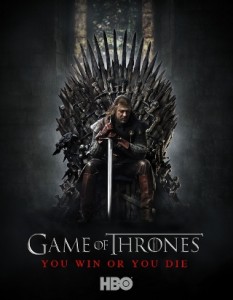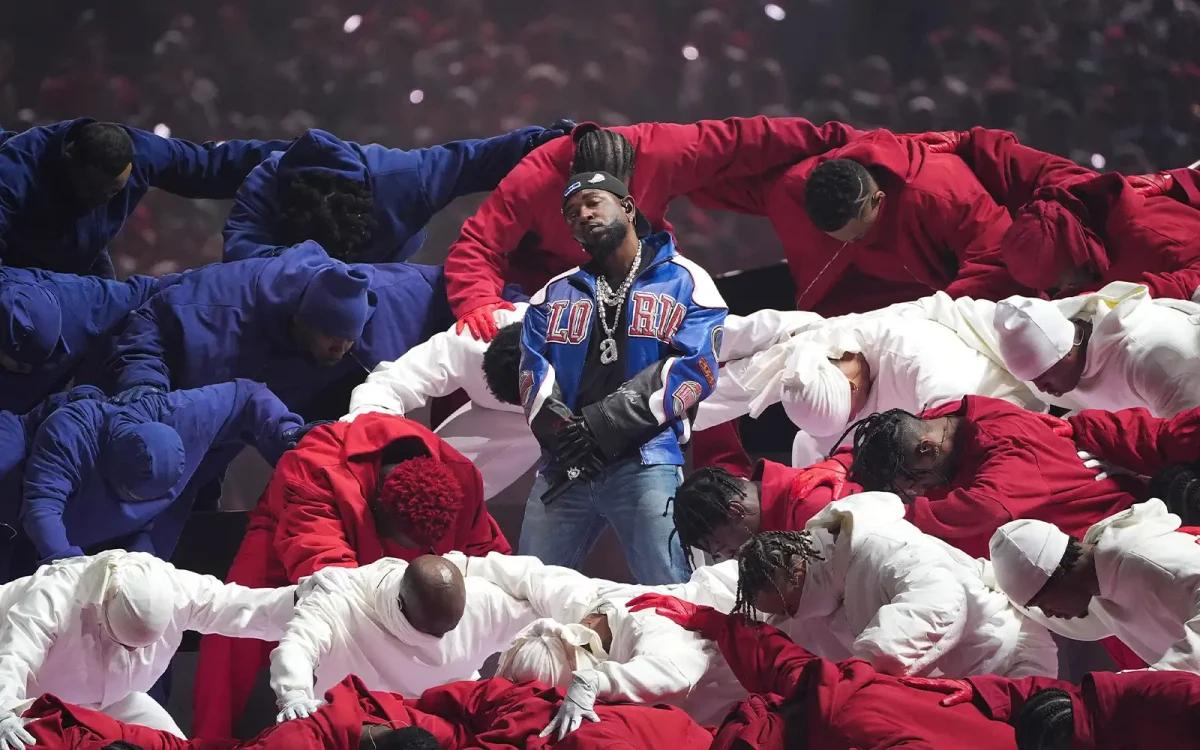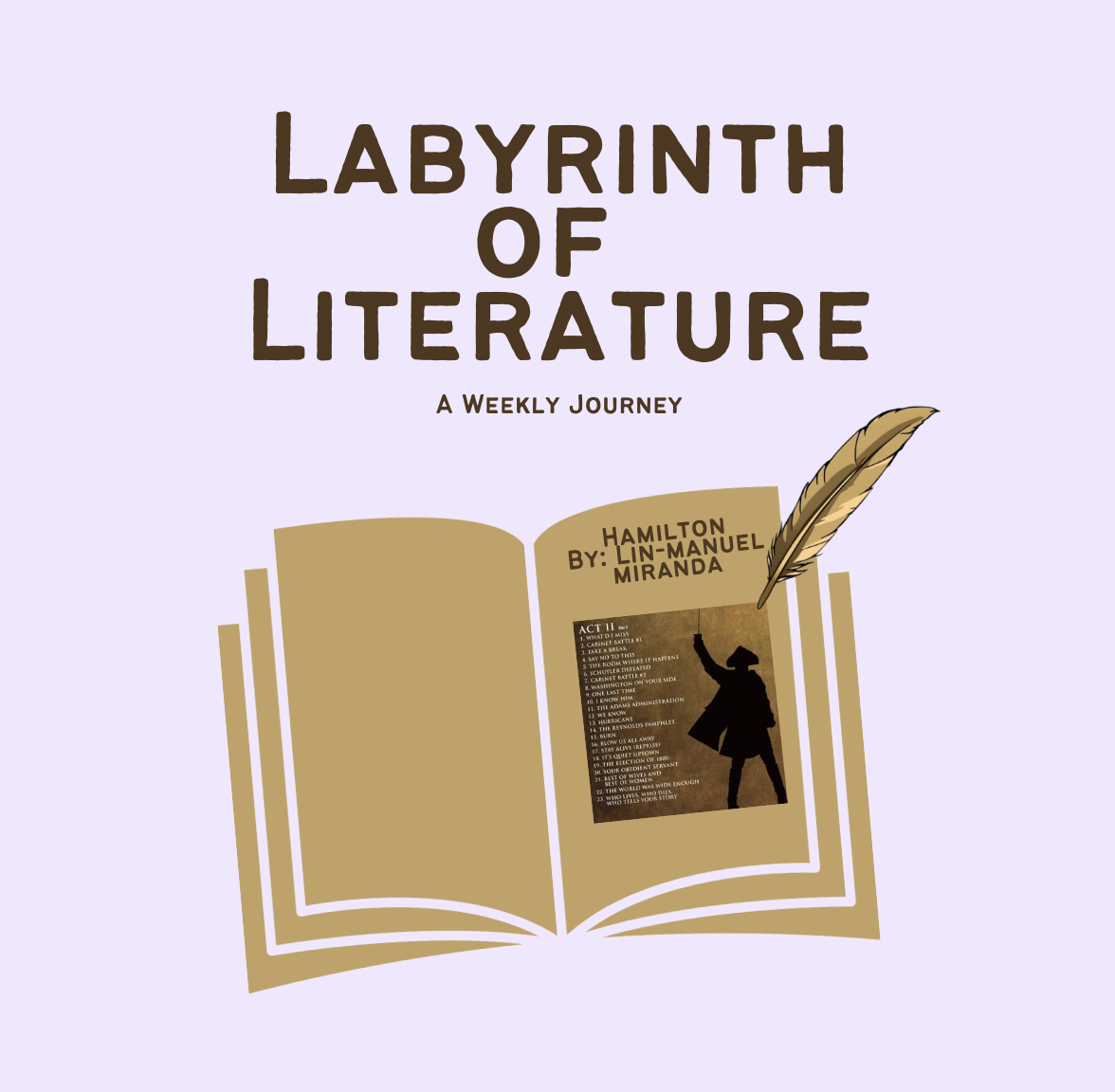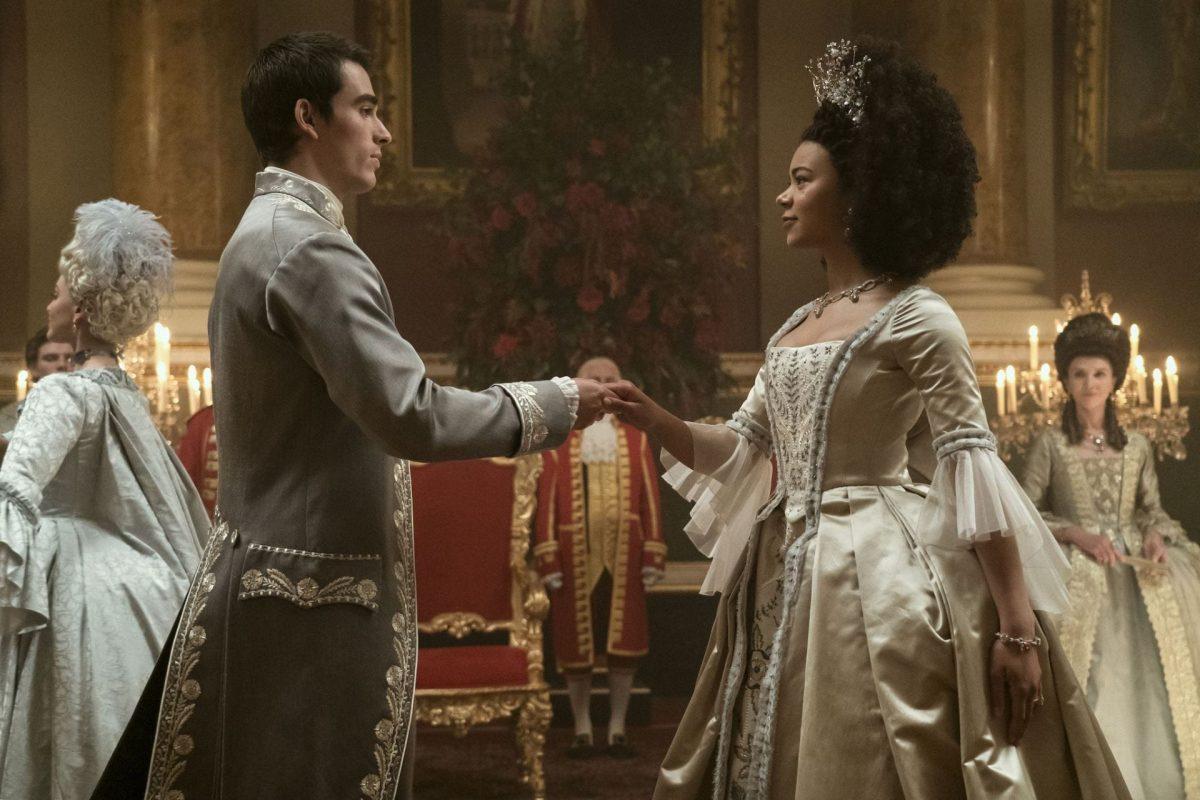
With all the hype going around about The Hunger Games (probably due to the coming release of the movie), I thought I’d throw my name, and vicariously my opinions, into the hat. As an avid reader of sci-fi and fantasy novels specifically, I have an adequate understanding of what makes a good fantasy series and what causes others to become sub-par. With the absence of Harry Potter and The Twilight Saga from the popular sphere, the sci-fi realm is feeling a gaping hole, one that both The Hunger Games and Game of Thrones are edging their way into.

As aforementioned, the movie release of The Hunger Games is set for March 23, and teenage-superfans have already outrageously pounced on this, obsessing over cast-selection, stills from the film, and even costume designs. Now, caught in the whirlwind spreading through high schools across the nation, I found myself reading The Hunger Games. At face value, the juvenile series isn’t horrible. The plot is very interesting– Suzanne Collins does a pretty good job moving each chapter along, making you want to know what’s going to happen next, and keeping you engaged. The problem is: that’s as far as she goes. She doesn’t create distinct characters, fails to develop the complex and unique world she places her characters in, and finds herself caught in the trap of a “teenage-love-triangle,” in which readers form attachments to the male prospects and are afraid to see the heroine choose one over the other (Bella/Jacob/Edward anyone?).

In the more advanced and mature sector of fantasy writing lives A Song of Ice and Fire– George R. R. Martin’s masterpiece series, which cannot be found anywhere near the “Young Adult” section in Barnes and Noble. The series’s premiere book, A Game of Thrones, which was adapted into the HBO show that premiered in April 2011, introduces a fantastic cast of characters spread throughout the many kingdoms of the Martin’s medeival-esque world. Each is flawed, ever-changing, their already unique characters constantly manipulated by the chaotic surroundings in which they’re placed; the brightest turn dark, the shallowest gain depth, the lonely find lovers, heroes and villains appear in tandem. The story is told by several of these characters from each of their viewpoints, switching off each chapter: The Stark family, headed by Lord Stark of Winterfell, his wife, Lady Stark, their children Sansa Stark, Arya Stark, and Bran Stark, Lord Stark’s bastard-born son Jon Snow, the “imp,” Tyrion Lannister, and princess Daenerys Targaryen. In short, Martin mirrors for the reader a wild, confusing atmosphere, akin to that in which the “game of thrones” is fought.

Both of these series incorporate a bit of magical realism – meaning that outlandish realities are accepted as normal, everyday occurrences. In The Hunger Games, citizens from twelve districts, each with specialized trades, are ritually subjected to a tournament in which they compete for their lives, in an attempt at providing entertainment for the residents of The Capitol of Panem, the theoretical country that arises after the desecration of the modern world.

In A Game of Thrones, heads of houses, royal heirs, knights, and criminals alike quarrel over rulership of Westeros, which is divided into seven separate regions, each with their own distinctive features and ruled by different noble families (most notably: the Starks of Winterfell and the Lannisters of Casterly Rock). Though the fictional world is pseudo-medeival (sword fighting, travel by horseback, and lack of electricity or general hygiene) a few exceptions from normalcy are the existence of dragons, ridden by the once powerful Targaryens, and the Wall, a 700 foot structure made entirely of ice, separating the northernmost kingdom of Winterfell, from the land “beyond the wall” where all manner of supernatural creatures exist.

The winner of the battle boils down to this: which series can, and does, offer more, and the answer is obviously A Song of Ice and Fire. Though The Hunger Games does its job for a juvenile series and I have to credit Suzanne Collins for not employing the way-overused vampire/werewolf setup, there is only so much you can expand upon in three books that total only 1200 pages (the equivalent of one of Martin’s books). If she had taken more time to fully develop the world of Panem and the characters in it, I could give her more kudos. As it stands in my mind, the novel A Game of Thrones far surpasses The Hunger Games. The HBO series is fantastic, and season two premieres April 1, 2012. I plan to tune in for its premiere and to watch The Hunger Games when its released in March, to form my opinions on the adaptations.

























